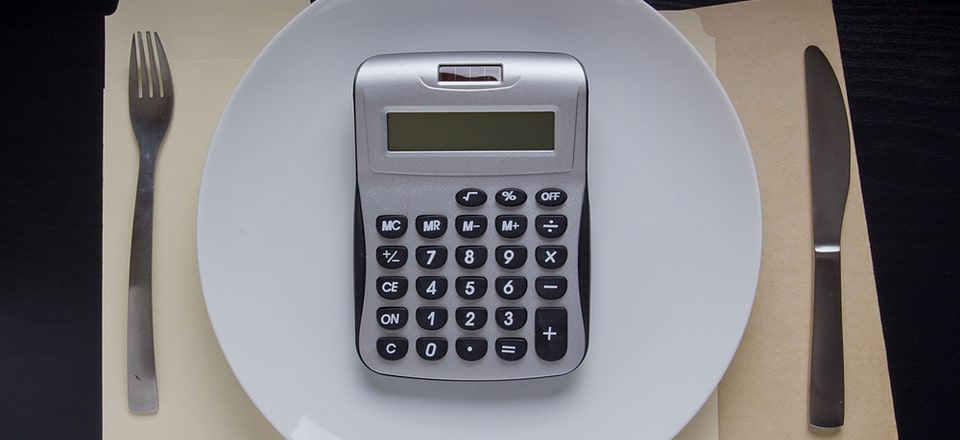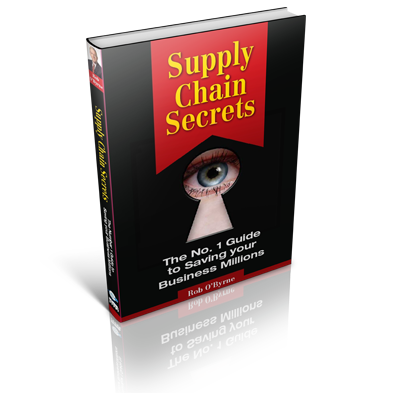The concept of cost to serve is very simple but I am always amazed at how few businesses and supply chain managers really understand it.

Let’s start with an uncomplicated example: Company A is in the business of distributing whiteboard markers. Among other colours, they have green ones and they have blue ones. If they are going to understand their cost to serve, they need to know the cost of shipping, for example, the green one to a customer.

They operate in Australia, so they may have customers in Sydney, Darwin, Adelaide, and/or Melbourne.
They also need to know the cost of shipping the blue one to a customer. Let’s say the blue one is not the same product as the green one but a much bigger item with different characteristics.
In a nutshell: It’s understanding at a detailed level what is the cost of serving, or delivering, all of the different types of products to all of the different types of customers.
Why Understanding Cost-to-Serve is so Important

In my 20 plus years of experience in doing cost-to-serve analyses with clients, I have found that in 99% of cases at least 10% of their products and customers are not profitable.
I can say that with extreme confidence because normally the number is above 20%.
What does this mean? If you haven’t carried out an analysis of your cost to serve, probably at least 10% of your products and your customers are non-profitable.
Let me, through my eight-step guide, show you how you can more easily see which products and customers are losing you money.
Step #1

Have a look at your customer profile. Try to differentiate your customers in terms of, for example, location and service requirement. Everybody has customers who buy by the pallet-load or the truckload. Maybe you have customers who are based in the metro area and others who are in remote areas.
Step #2

Do the same for your product profile. What are the characteristics there that make your products more costly to deliver? Maybe some products fall into the category of dangerous goods, maybe some need special packaging.
Step #3

Look at your order profile. How many large orders and small orders do you have? I’ll let you into a secret here. The easiest way to save money in the supply chain is to encourage customers to order in bigger quantities.
I know that you will reply that these days customers want to order in smaller quantities more frequently, but once you understand your cost to serve, and once you understand the cost-savings you can make by delivering in larger quantities, you can start to encourage customers, for example with discounts, to order larger quantities less frequently. You can begin to change their behaviour. Not all of them—but a large proportion of them.
Step #4
You need to decide the unit of measure. To do activity-based costing, you will need to apply all the costs to these different activities. Is your standard measure going to be an “each” (a product), is it going to be a carton, a pallet, a ton, or a cubic metre? You need to determine a standard unit of measure.
Step #5

Now you need to map the product flow. How does the product go through the warehouse: receiving, storage, picking, and dispatch? Then look at the transportation process in the same way.
Step #6

You also have to look at the main cost drivers. These include storage, picking, and handling.
Step #7
Now it’s time to decide how you going to allocate the costs. Always allocate costs based on the characteristic of the product.
Let’s take allocation of fixed warehouse costs as an example. As the warehouse is essentially a cube, you need to measure the building and maintenance expenditures in terms of cost per cubic metre. In this way, smaller products will pick up a smaller component and lower cost, and bigger products will pick up a bigger component.
You would do the same with variable costs, like labour—so you need to work out a cost-per-pick for an “each”, or a cost-per-pick for a carton, or a pallet, and so on.
Step #8
For the final step you need to identify potential opportunities. Just imagine that you have a spreadsheet containing your entire order history. Depending on the size of the business and how busy it is, maybe you’ve got a spreadsheet with orders from a three-month period.
You’ve got each individual order, and then each individual order line, with the SKU (stock keeping unit), and then the particular product. You’ve got it down to a line-item level.
Then, because you’ve had a look at your warehousing and transport, you can allocate a cost to each of those order lines, depending on the volume, and the handling requirements, and other factors. You can then put a cost to each order line and start to look at the costs associated with certain customer types, product types, and order volumes.
The Crucial Component: Gross Margin

A key component that you have in that file is the gross margin on each of the products. Because you’ve got the gross margin on each of the order lines, and because you’ve got cost on each of the order lines, you will be able to see if you can make money on them or not.
How it all Meshes Together
When you understand cost-to-serve, margin erosion, and the benefits of increasing those order sizes, you’ll know how much you can share with your customers to change their behaviour—and it works! It really works!
Should you wish to explore the concept of cost to serve in greater depth, I encourage you to look at my YouTube video on the subject, where I go into more detail than this article allows. In particular, I explain the process described in Step #8 above, in more detail.
If you haven’t already done so, why not subscribe to the Supply Chain Secrets YouTube channel? Our weekly video will keep you well up to date with current trends in supply chain and logistics.
Editor’s Note: This post was originally published on March 23, 2021, under the title “An 8-point Guide to Understanding Your Cost to Serve” on Logistics Bureau’s website.

Best Regards,
Rob O’Byrne
Email: robyrne@logisticsbureau.com
Phone: +61 417 417 307



